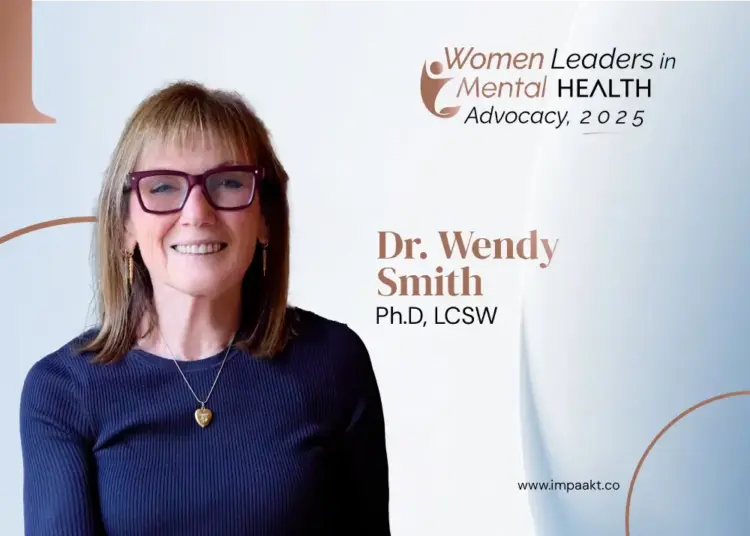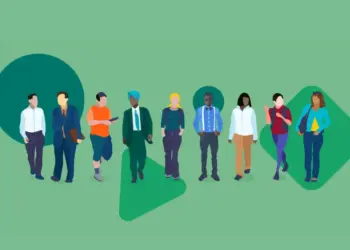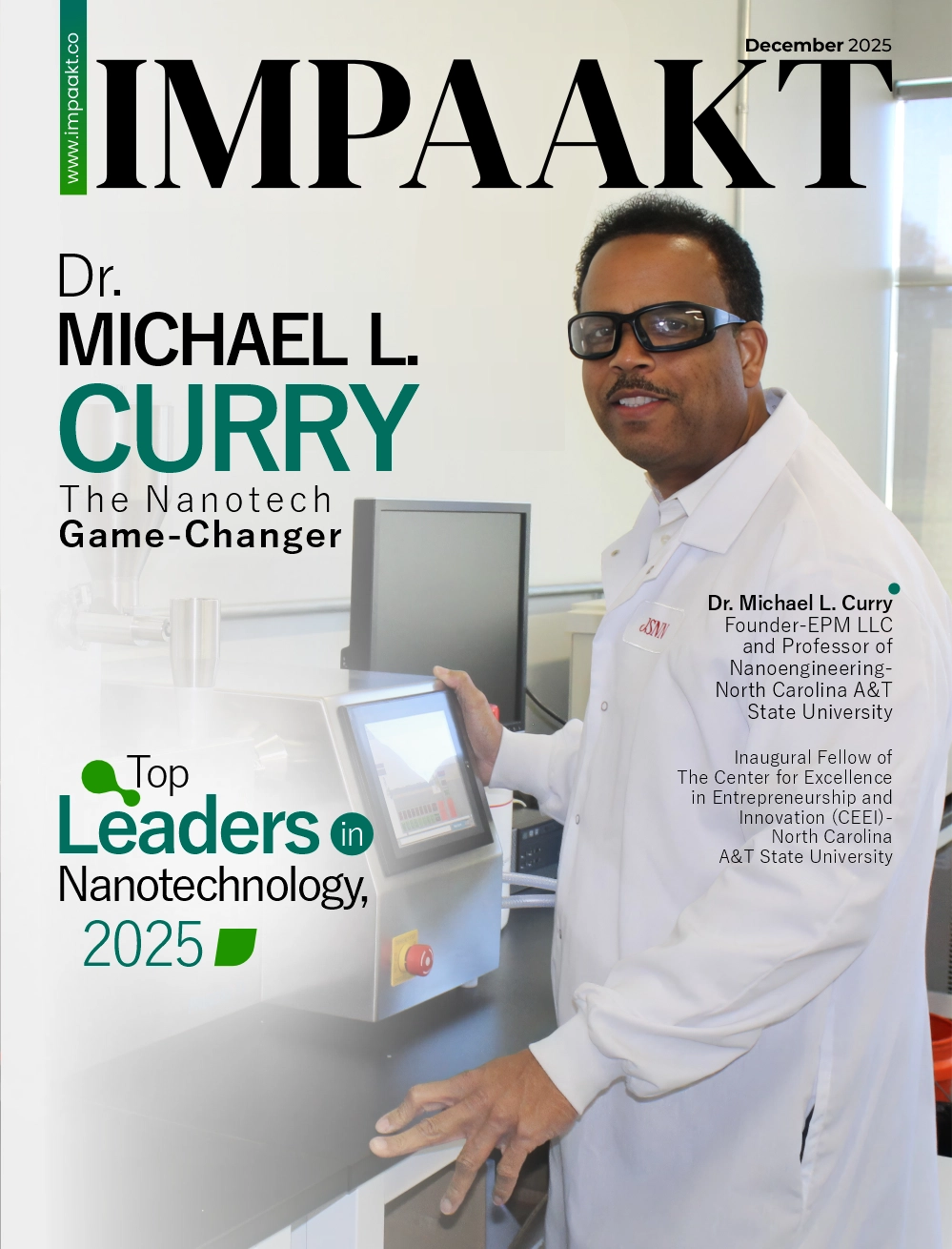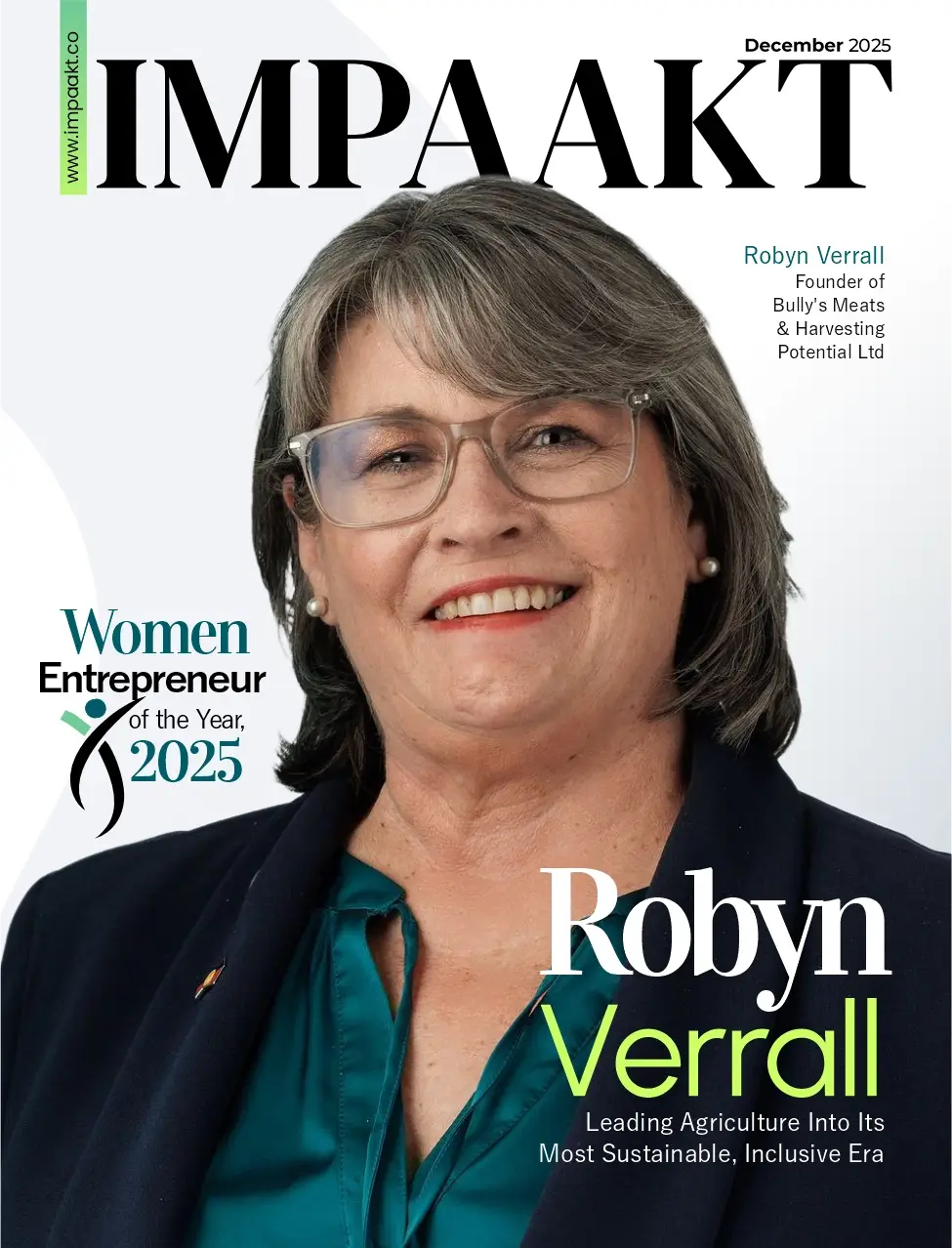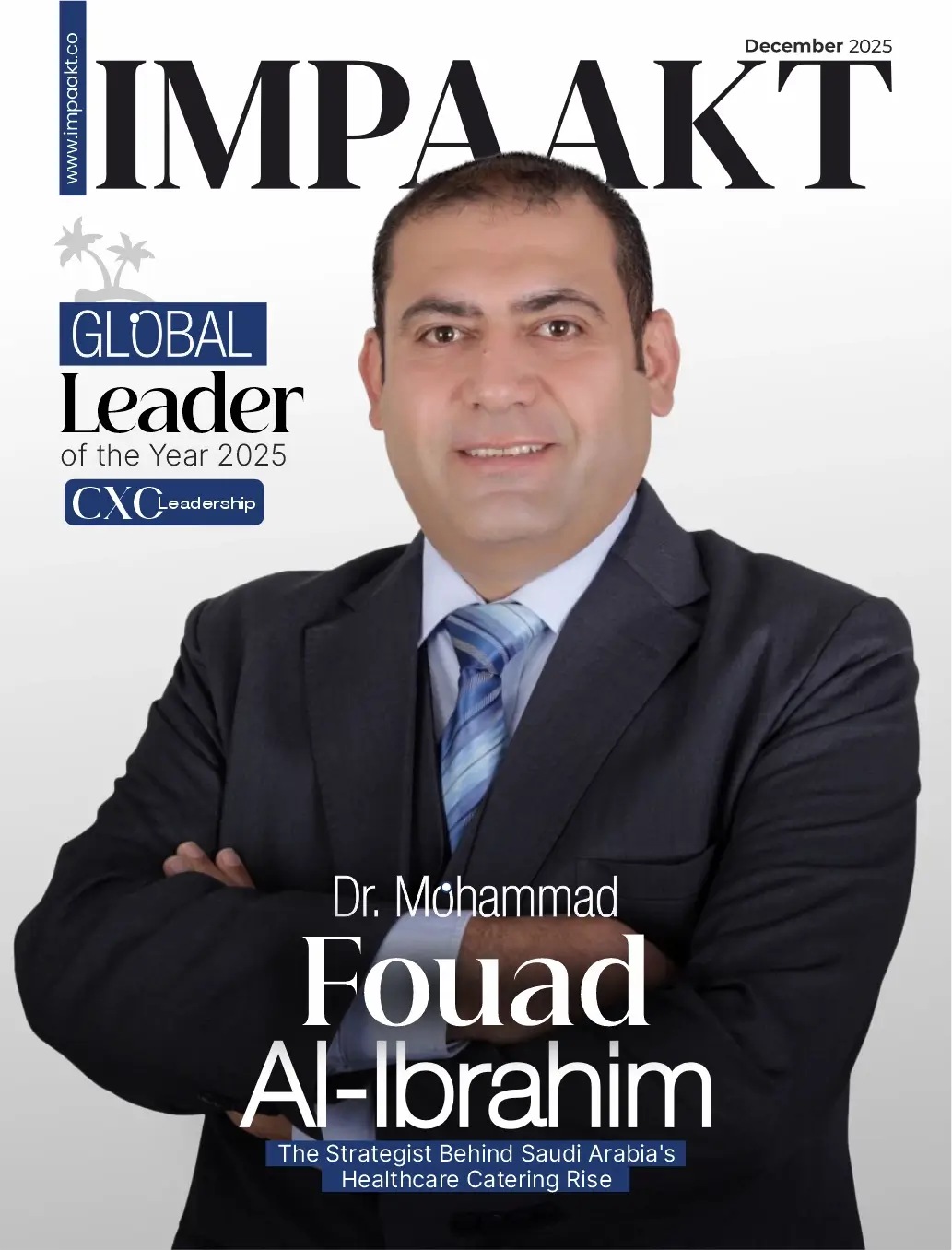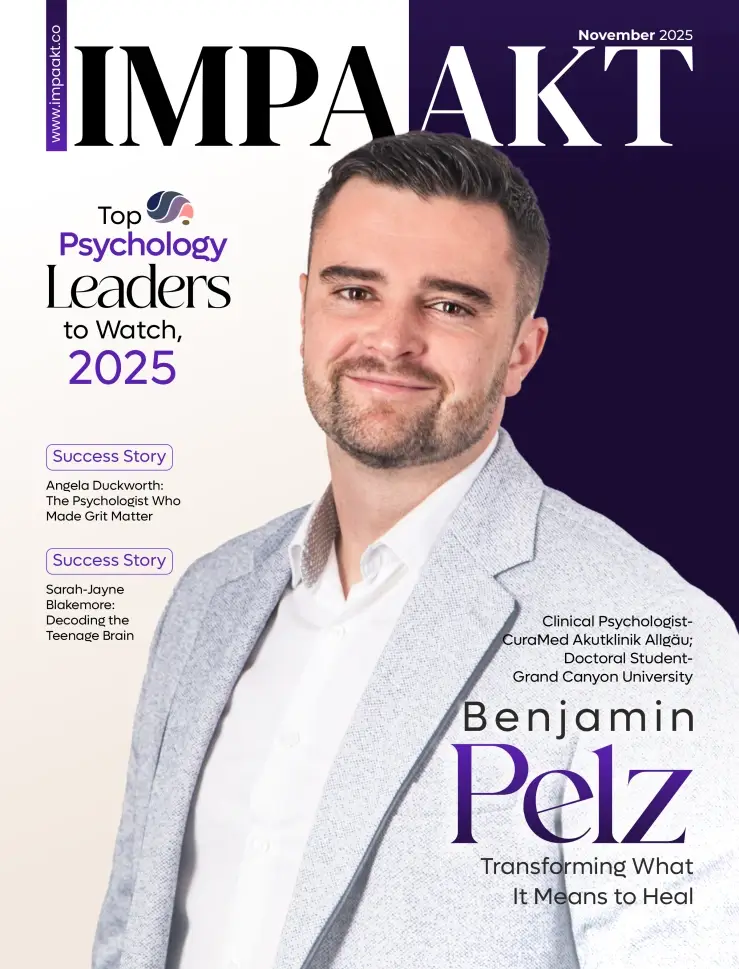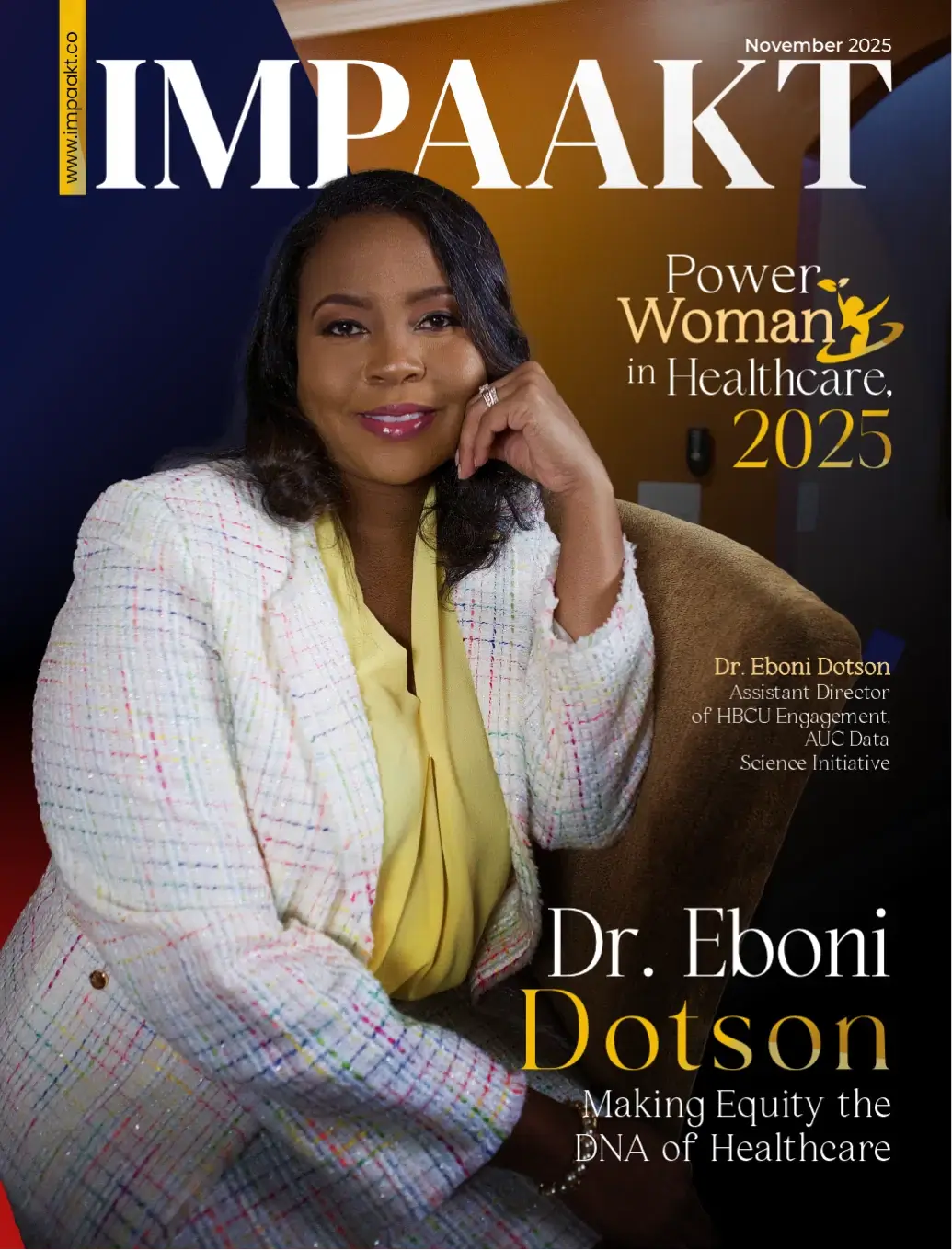When society talks about crime, especially among youth, the conversation often begins with punishment and ends with statistics. Rarely do we pause to ask the harder, more human question: what kind of childhood leads a teenager to such despair, anger, or violence? For over three decades, Dr. Wendy Smith, Ph.D., LCSW, has dedicated her career to answering that very question—not with judgment, but with compassion, science, and a relentless drive for justice.
From her early days as a volunteer tutor in underserved communities to her groundbreaking work with foster youth and young people entangled in the juvenile justice system, Dr. Smith has become a leading voice in reframing how we understand trauma, resilience, and healing. Her upcoming book, Before Their Crimes, dives deep into the untold stories of former juvenile offenders, revealing the powerful and often devastating impact of early childhood experiences.
What sets Dr. Smith apart is her rare blend of empathy and boldness: the courage to sit with stories that many would turn away from, and the determination to translate them into insights that can reshape systems, schools, and society itself. Her work reminds us that prevention begins not in prison cells but in nurseries, classrooms, and communities willing to invest in compassion.
Inspired by her groundbreaking journey, we sat down with Dr. Smith to explore her insights, her mission, and the legacy she hopes to leave behind.
Below are the excerpts from the interview:
Dr. Smith, you’ve spent over three decades working with vulnerable youth, especially those in foster care or the juvenile justice system. What first drew you to this field, and what keeps you grounded in it even today?
As a student in college, I thought I would become a writer or a teacher, but when I volunteered to tutor children at a school in an impoverished neighborhood, I realized I wanted to talk with them about their lives more than I wanted to be their teacher. It was a bit later in my life that I understood that underlying that interest was my own traumatic early childhood experiences. That desire to help other people who experienced trauma combined with a long-standing concern about social justice, instilled in me by my mother.
Your upcoming book “Before Their Crimes” asks the hardest question of all — why would a child commit a terrible crime? What was the moment or experience that convinced you this was the book you needed to write now?
During a visit to Pelican Bay Prison with a group of advocates and lawyers to inform prisoners who had committed crimes when they were teens about new California laws, I conducted ‘insight groups’ to help the men think about how their childhood experiences affected them. Those group discussions and a powerful conversation with one man about the trauma of his early life were deeply affecting. I realized that so much more could be learned about the devastating effects of early trauma by interviewing former juvenile offenders—and that as a society, we need to understand this better if we hope to reduce crime among young people.
This book is deeply personal, both in the subject matter and in the empathy it carries. How did you balance the role of researcher and storyteller with the emotional weight of what you were uncovering?
The people I interviewed were incredibly brave and candid in describing their childhoods and their crimes. It was indeed an intense experience because their stories were full of pain. I think my training and years of working as a psychotherapist helped me to manage the emotional weight, because I had learned to sit with people as they shared their deepest hurts and difficulties. Sometimes the crimes my interviewees told me about were shocking and very disturbing, but I did not want to react in ways that would cause them to stop talking. I needed to maintain my composure and put aside my own feelings to be processed after the interview.
Your interviews reveal the link between Adverse Childhood Experiences and violent behavior in youth. What do you think the public most misunderstands about that connection?
Everything that happens to children—the good things and the bad things– affects them, even when the effects aren’t known or apparent. In the first five years, kids’ brains are developing at a rapid pace, including their stress response systems and their capacity to self-soothe. Our stress response system alerts us to danger so we can respond (fight or flight). When traumatic things happen, especially if they happen regularly or frequently, that system doesn’t develop properly, causing children to be on constant alert or to become numb. That affects their ability to pay attention in school, their ability to trust others, and their ability to recover from each traumatic experience. In so many cases, juvenile crime results from unprocessed trauma and dysregulated stress response systems.
Talking about the stories within, the people you spoke with describe the toxic pull of gangs, drugs, and violence. Were there patterns in their stories that surprised you?
The most common element was the stark contrast between the nature of the childhoods of the people I spoke with and the way we usually think of it as childhood. We think of it as a wonderful, carefree time of discovery, in which parental protection and attention to children’s wellbeing is paramount. These children, however, were mostly on their own, with parents who were physically or psychologically absent, sometimes due to separation, death or incarceration, and sometimes due to drug addiction or mental illness. There was a high level of trauma, at home and in the neighborhoods where they lived, and little protection. Another surprising pattern was the erosion of early promise at school—when small, many of these kids were very interested and, in some cases, gifted, but the circumstances of their lives interrupted that promise.
Your book is as much about prevention as it is about understanding. What’s the one change — in schools, communities, or policy — that could most reduce youth crime?
The most overarching change would be a greater value placed on the early experiences of children. Visiting nurses or other professionals could visit families of newborns to provide support and education, and to spot families who might need specific interventions, whether financial, social, or psychological, early on in a child’s life. Secondly, schools—the place where all children are seen—could be provided with resources and knowledge to intervene in ways other than suspension and expulsion when attendance and performance indicate underlying difficulties. If we helped children and their families to cope more effectively rather than putting them out of school just when they need it most, that would be a worthwhile investment.
In your opinion, how do we, as a society, move from fear and punishment to compassion and prevention when dealing with young offenders?
It is my hope, of course, that a book like mine can be part of that journey toward a more preventive, compassionate approach. I think that hearing the voices of those who have committed crimes can help us to identify important factors and points of possible intervention and change. If we recognize the importance of early development and begin to invest in prevention at that early time in the lives of families, it can make a difference to the later social costs. Shoring up new families as a routine matter (nurse home visits following the birth of new infants, for example) and providing more mental health resources and supports in schools from pre-kindergarten through high school can allow us to spot problems and vulnerabilities before they turn into juvenile justice events.
Spending so much time with these stories — many full of pain, loss, and resilience — must take a toll. What kept you going during the writing process?
These stories were very painful to hear and to think about. It was the courage and candor of the people I interviewed that kept me going. Their desire to make a difference by speaking about the most difficult experiences, and ones about which they felt ashamed and regretful, was inspiring. I am always moved by the human capacity to grow and to change.
If you could redesign the juvenile justice system through the lens of your research, what would it look like?
It would be a system that looks to furthering healthy development, rather than only removal from society and punishment. From the moment of confinement, we should be planning for how kids in trouble can be helped to become the citizens we hope they will be. Brain development during the teen years is extremely receptive to learning, so education should be emphasized. Most, if not all children who enter the juvenile justice system have experienced trauma; processing that trauma and healing from it will constitute a forward development for the youth and a protective measure for society as well. The more healed young people are, and the more prepared to live a meaningful, useful life, the less likely they will be to reoffend.
You’ve dedicated your life to healing children—and fixing the systems that fail them. What legacy do you hope your work leaves behind, especially for the next generation of social workers and advocates?
The profession of social work is dedicated to improving the lives of people, reducing injustice, and supporting the most vulnerable members of society. I would like to think my work continues in that tradition, strengthening the social safety net and lifting up the voices of people who too often are unheard.
More about Dr. Wendy Smith:
With over 35 years in psychotherapy, Dr. Wendy Smith has devoted her career to understanding trauma and helping vulnerable youth find their way forward. A leading expert in child development, she authored Youth Leaving Foster Care, a go-to text for social work students. Beyond her clinical practice, Dr. Smith has been a powerful advocate, serving as commissioner and chair of the Los Angeles County Commission for Children and Families, sitting on boards from Human Rights Watch to the National Foster Youth Institute, and earning recognition from the City and County of Los Angeles for her service. Her voice has reached classrooms, communities, and even the Netflix series The Trials of Gabriel Fernandez, making her not just a clinician, but a champion for youth whose stories too often go unheard.
